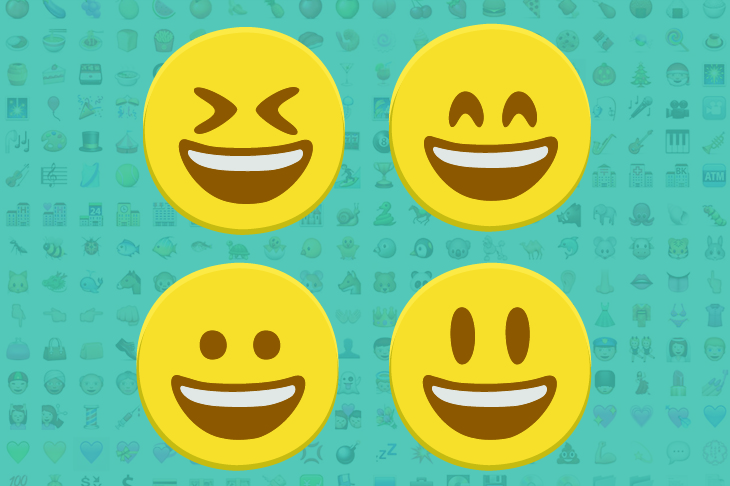Now starring in their own movie, Emojis are set for full-scale world domination.
What are they?
Emojis are small digital icons or images that can be used to express an idea or emotion within communication.
If you understand which platforms your audience are using, you should next consider how best to communicate with them. Although emoji marketing isn’t for everyone and it may seem bizarre at first, the power that the correct use of these tiny symbols can have should not be underestimated.
Emojis can be used as a simple way of conjuring emotional customer reactions and creating a fun environment in which great marketing thrives.
Communicating pictorially isn’t anything new, think back to cave paintings or even ancient Egyptian hieroglyphs, essentially a language made from symbols and pictures. Today the emoji, or emoticon, language is the fastest growing form of language, able to easily cross language and cultural barriers, combine that with the internet and you have a universal medium of communication the likes of which the world has never seen before.
This new form of language is great news for today’s global population who consume digital information at a fascinating rate, recent studies have shown that our attention span is ever decreasing, reducing from 12 seconds down to 8 over the past decade. Our hunger for an increasing volume of information and the ability to digest it faster means we are finding more effective ways to communicate information faster.
This is where emojis can really show their worth. With over 3 billion users on mobile, the use of emojis allow you to deliver short direct messages in a realm where the battle for consumer attention is at it’s highest. The hunger for faster connectivity, mixed with short attention spans and impatience, makes Emojis a perfect solution whilst enhancing connections between audience and brand. Research from Swyft Media reveals 6 million emoticons, or stickers, are sent on mobile messaging apps around the world every day. But that’s not all, the emoji language is on an upward trend after the support of larger browsers and platforms such as Internet Explorer and Twitter. This has subsequently been followed by the recent release of an emoji keyboard for computers, easily allowing you to type emoji.
How marketers use them?
Emojis present a new tool which can be used by brands to communicate with the generation Z in a language that they have helped to build. This new generation does not know a world without smart technology or digital communication and these young tech-savvy consumers tend to use emojis frequently within communication, livening up messages and using them to further express themselves.
Several brands have already begun to experiment with emoji-based communication for a variety of creative uses. Coca-Cola has been working hard to associate its brand with smiles and they recently created a string of web addresses linking to their emoticoke campaign using happy emoji faces as the domain names (Www.😄.ws). Intelligent Environments also made headlines when they created an emoji based password system, it is reported to be easier to remember an emoji password and there are 480 more possible combinations than a usual number-based system. Perhaps more excitingly, Domino’s pizza now allow you to order pizza with just the use of a pizza emoji. Once you register your pizza preferences online in a Domino’s Easy Order account you are able to either text or tweet them a pizza emoji or the words “Easy Order” to order your food.
The most exciting wide spread usage of the emoji language by far is the use of multi-platform branded emoji keyboards. To be successful, a custom keyboard must provide value to consumers. The keyboards are designed around your brand, they are then downloaded by users in a non-intrusive manner. Some brands which have already designed and released their custom emoji keyboards include Burger King, Mentos, Ikea and Pepsi.
Thanks to their ease-of-use and relevance to consumers, emojis can help drive engagement and aid a brand’s visual voice. Emoji marketing, however, is not for every brand. Consider your audience and gauge whether or not implementing emoji marketing makes sense for your brand. Finally, and most importantly, make sure you can really speak the language.
Stay Updated with Our Latest Insights
Get expert HubSpot tips and integration strategies delivered to your inbox.

.jpg)

